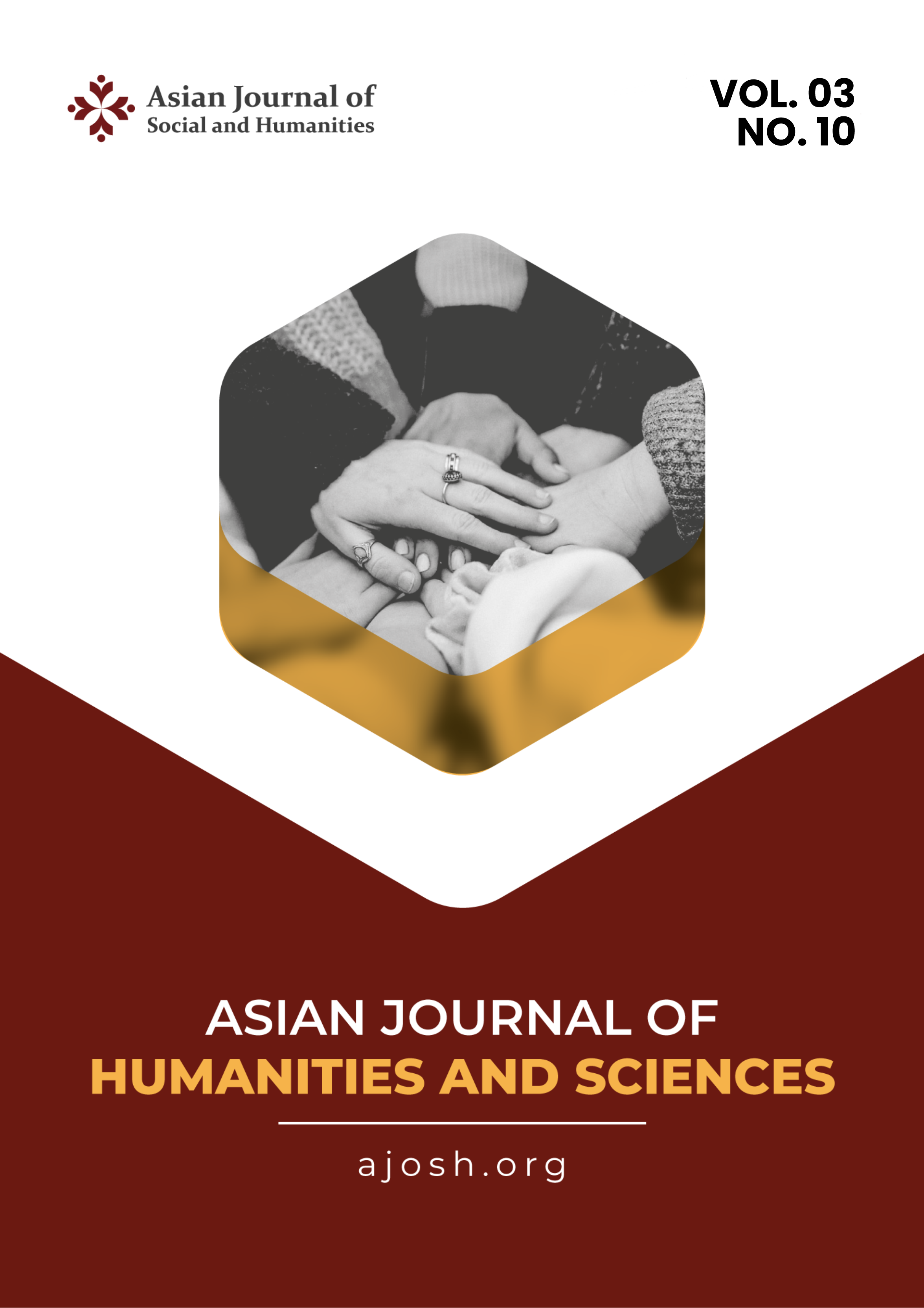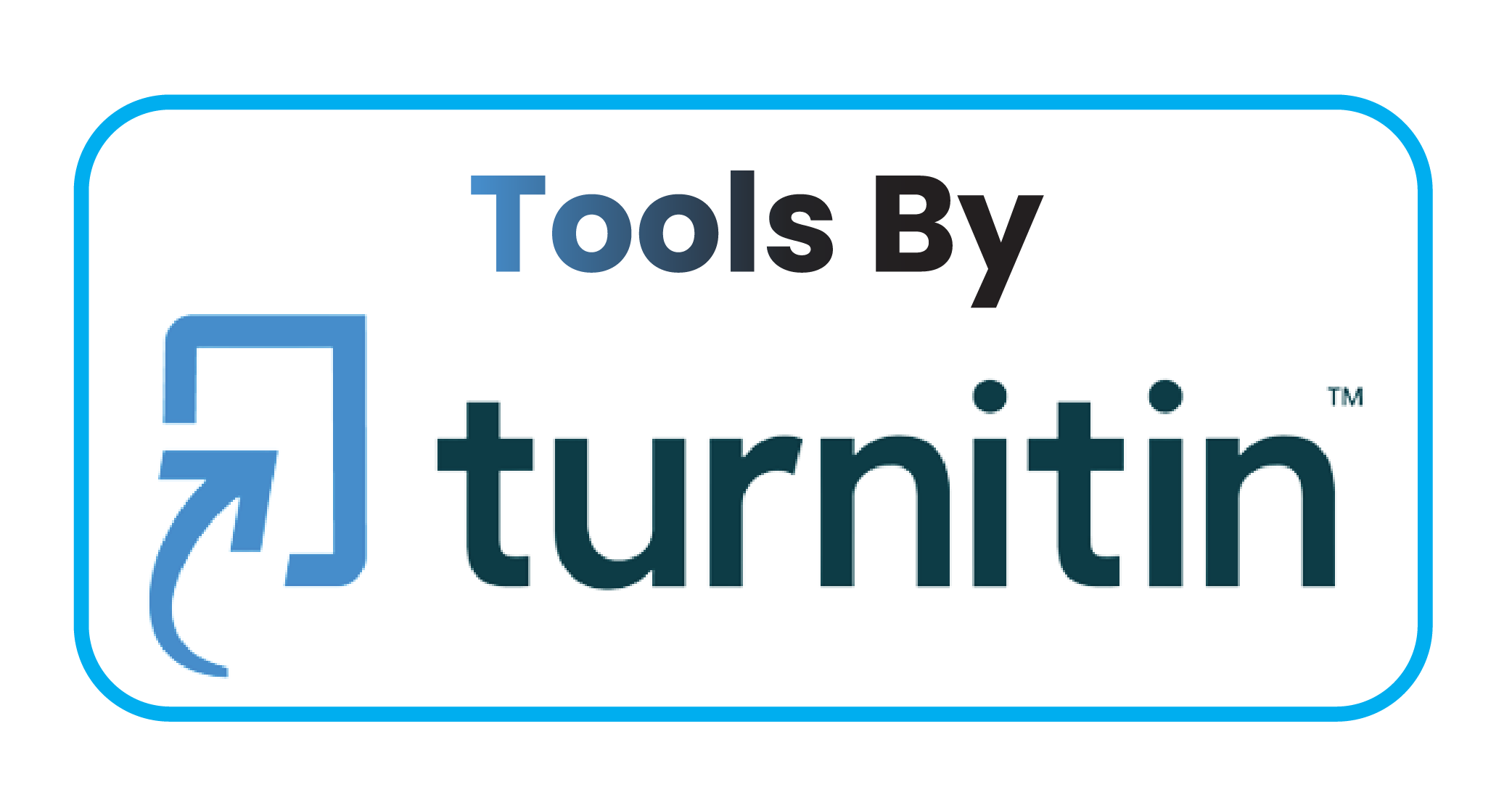The Legal Dynamics of Digitally-Dimensioned Strikes in the Era of Industry 4.0
DOI:
https://doi.org/10.59888/ajosh.v3i10.562Keywords:
Labor Law, Strike, Industry 4.0, Industrial RelationsAbstract
The Industry 4.0 era, marked by advances in information technology and digitalization, has fundamentally transformed the patterns of industrial relations in Indonesia. One significantly affected aspect is the practice of strikes as a form of collective worker action to demand rights and justice. Whereas strikes were previously associated with physical actions carried out directly at the workplace, digital forms of strikes have now emerged such as mass logouts, deactivating work application accounts, and mobilizing protests through social media. This transformation presents new challenges in regulation, implementation, and legal protection. Existing legal instruments, such as Law Number 13 of 2003 on Manpower and its implementing regulations, have yet to fully accommodate the dynamics of digitally-based strikes. This gap creates the potential for a legal vacuum and uncertainty in the enforcement of both workers’ rights and employers’ obligations. This article aims to analyze the legal dynamics of strikes in the digital era, focusing on the adequacy of the current normative framework, identifying regulatory gaps, and proposing necessary legal reforms. Using a normative approach and case studies particularly regarding strikes by online motorcycle taxi drivers in Indonesia this paper recommends the formulation of more responsive and inclusive regulations for non-conventional strike forms. This study is expected to offer both academic and practical contributions toward creating a labor law system that is adaptive, fair, and capable of ensuring a balance of interests between workers and employers in the digital age.
Downloads
Published
Issue
Section
License
Copyright (c) 2025 Muhidin Muhidin, Richard Richard

This work is licensed under a Creative Commons Attribution-ShareAlike 4.0 International License.
Authors who publish with this journal agree to the following terms:
- Authors retain copyright and grant the journal right of first publication with the work simultaneously licensed under a Creative Commons Attribution-ShareAlike 4.0 International. that allows others to share the work with an acknowledgement of the work's authorship and initial publication in this journal.
- Authors are able to enter into separate, additional contractual arrangements for the non-exclusive distribution of the journal's published version of the work (e.g., post it to an institutional repository or publish it in a book), with an acknowledgement of its initial publication in this journal.
- Authors are permitted and encouraged to post their work online (e.g., in institutional repositories or on their website) prior to and during the submission process, as it can lead to productive exchanges, as well as earlier and greater citation of published work.










